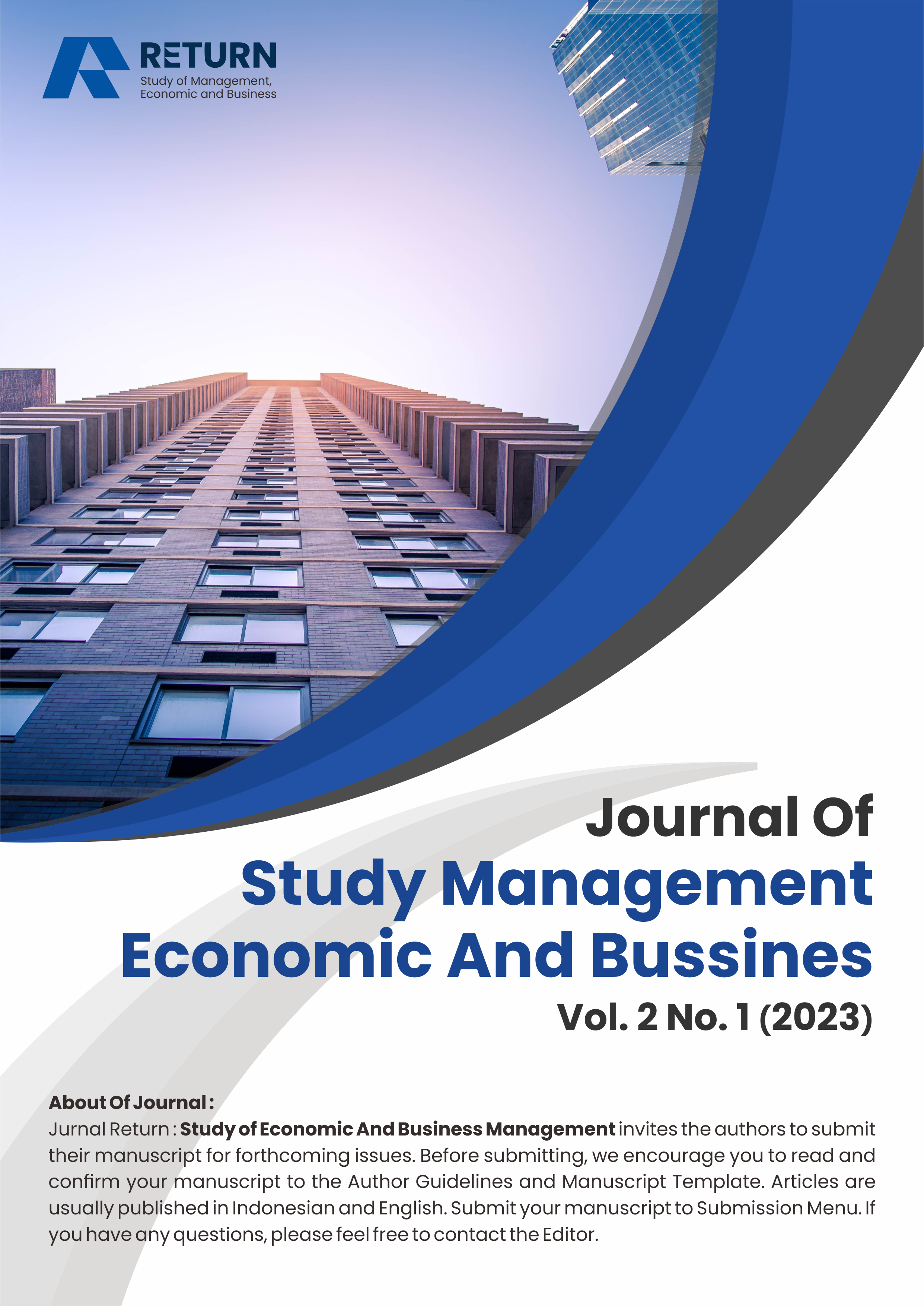Determination Analysis of Indonesian Palm Oil Commodities in the Covid-19 Pandemic Era on Indonesian Per Capita Gdp and Export Tax Revenues
DOI:
https://doi.org/10.57096/return.v2i1.33Keywords:
Production, Selling Price, Exchange Rate, Export, Indonesian GDP Per Capita, Export Tax RevenueAbstract
Background: The fundamental problem faced in the process of economic
transformation in Indonesia is that the GDP growth of the agricultural and
plantation sectors is still relatively low and the contribution of tax revenue
from exports has not been optimal, especially in the midst of the Covid-19
pandemic era.
Aim: The data is compiled in the form of panel data consisting of 10
provinces producing the largest production of palm oil in Indonesia and with
a time series of research period 2012-2021. The research model was
formulated as a linear model and analyzed recursively using linear
regression using the ordinary least squares method (OLS).
Method: This study uses the explanatory method to explain the causal
relationship in Indonesia's GDP growth model per capita and Indonesia's
export tax revenue through hypothesis testing.
Findings: The research findings are that production, selling prices,
exchange rates, and exports have a simultaneous effect on Indonesia's GDP
per capita and export tax revenues. In part, Indonesia's GDP per capita is
more determined by production, selling prices, and exchange rates.
Meanwhile, some export tax revenues are more influenced by production and
selling prices
Published
Issue
Section
License
Copyright (c) 2023 Ernesth Cancerio Reynaldo, Wahyu Murti

This work is licensed under a Creative Commons Attribution-ShareAlike 4.0 International License.






